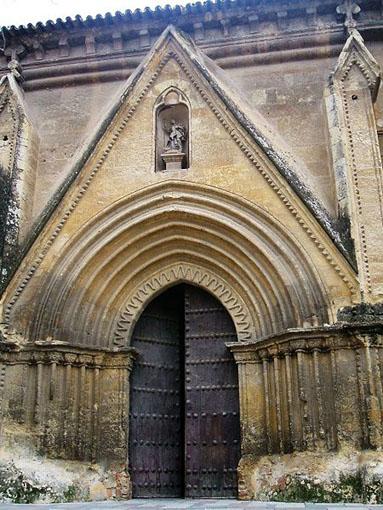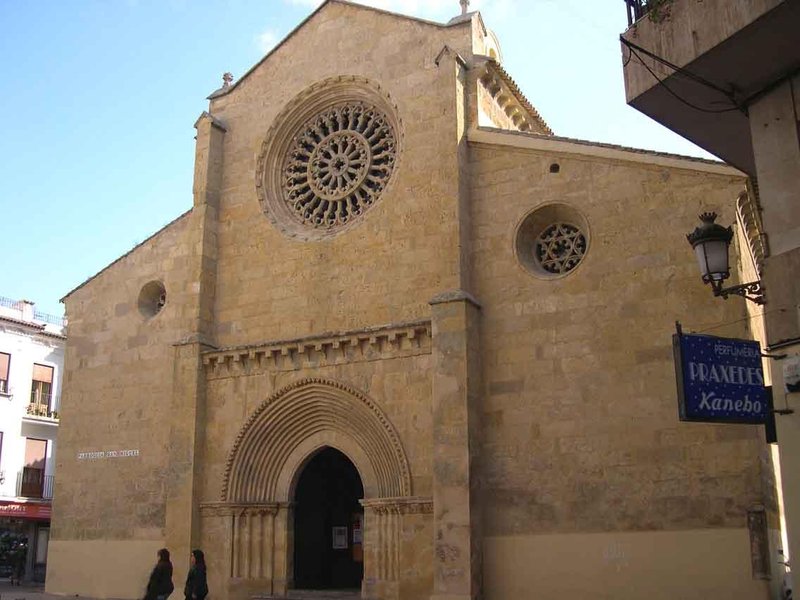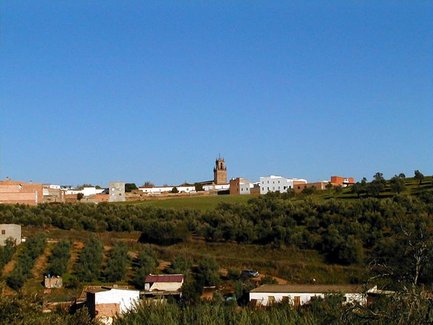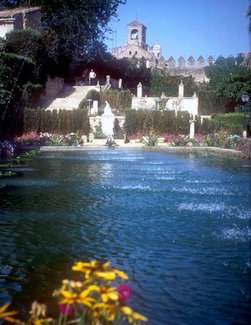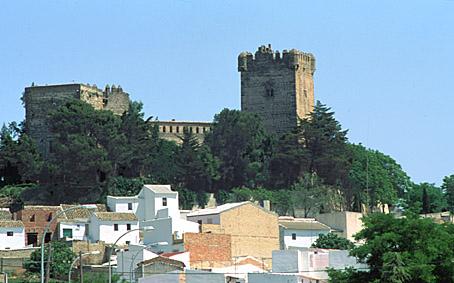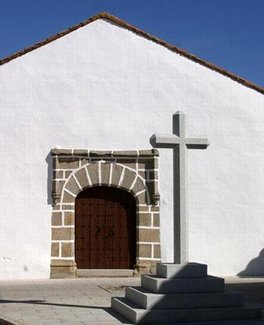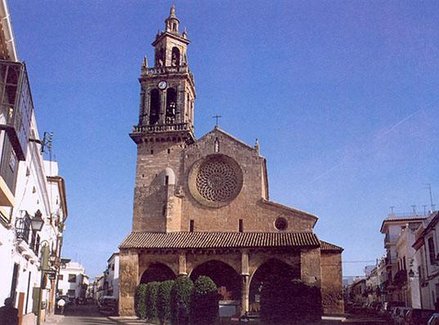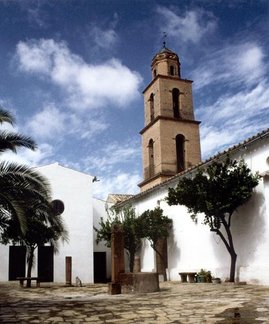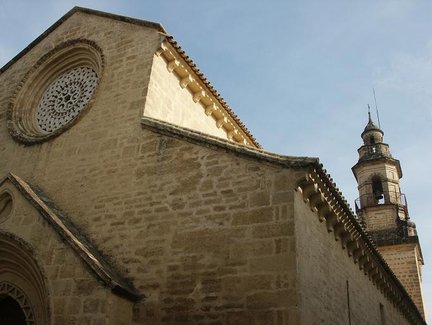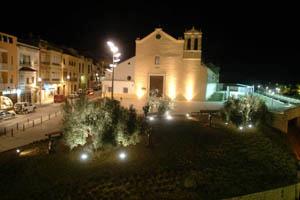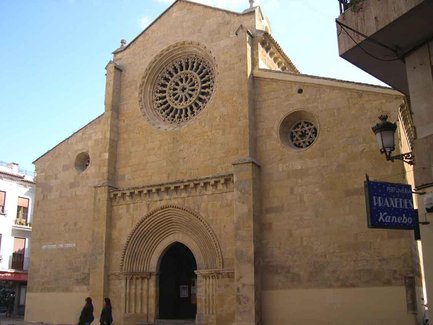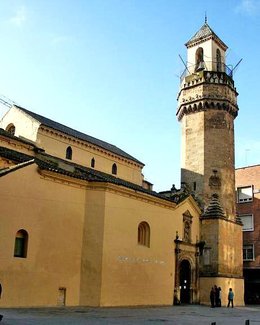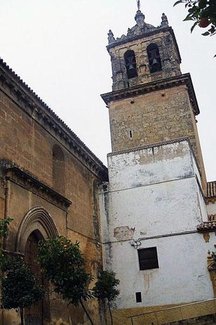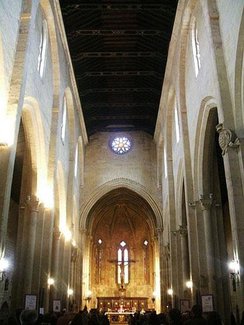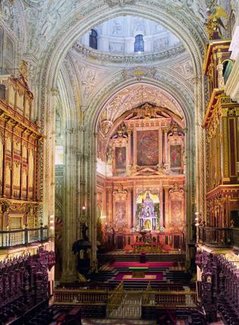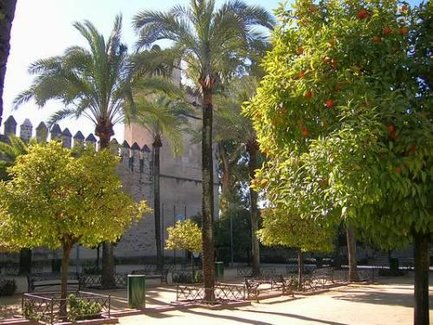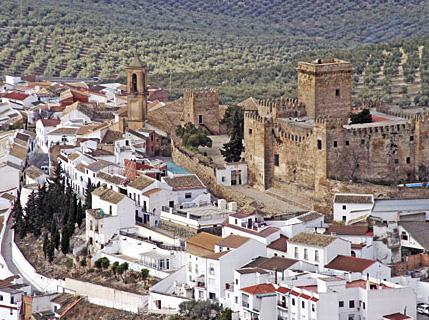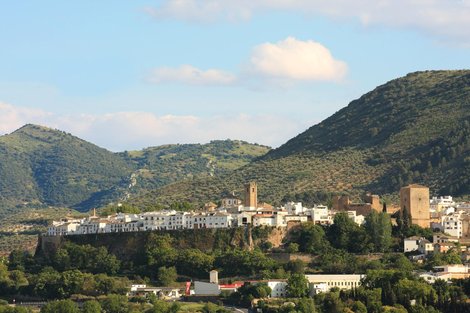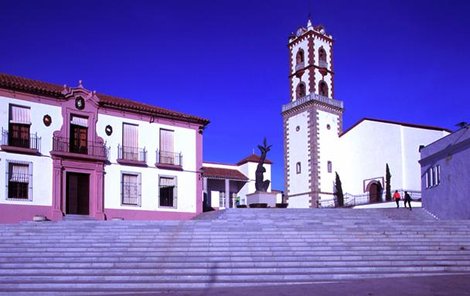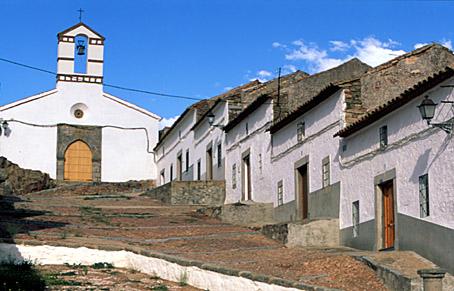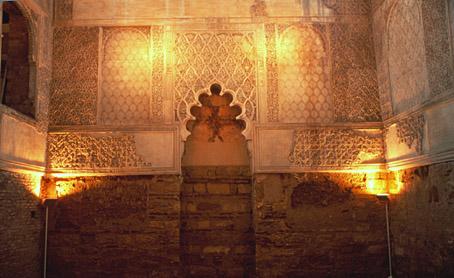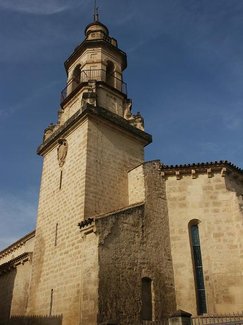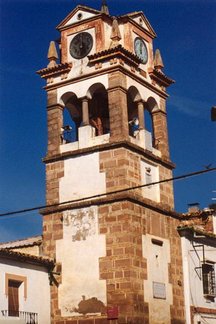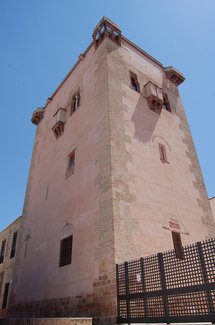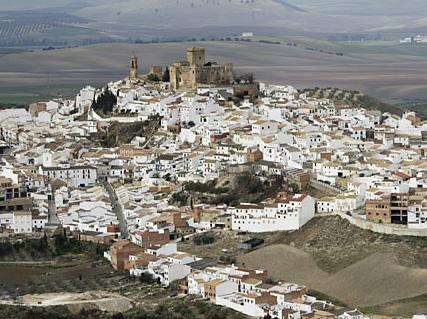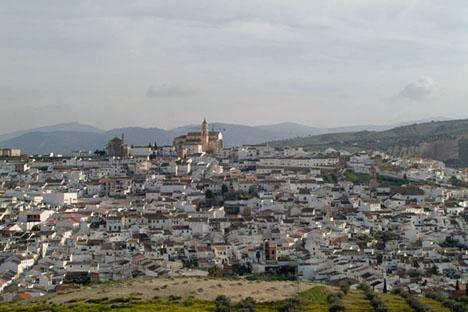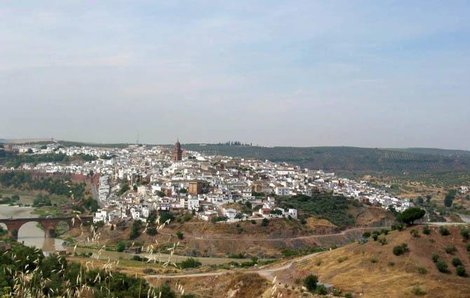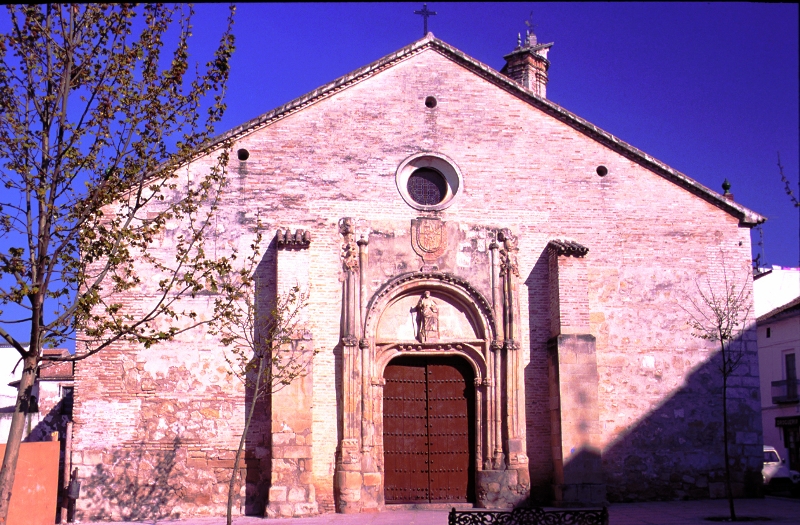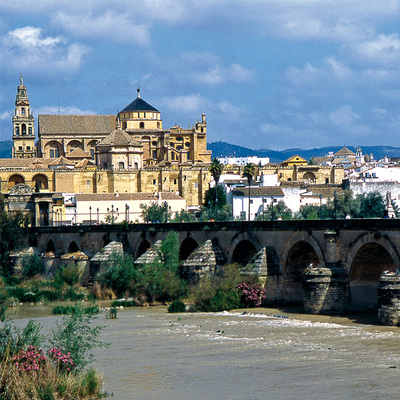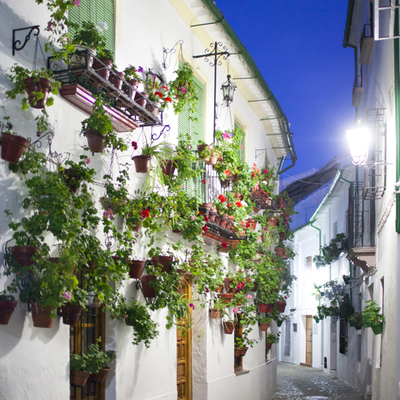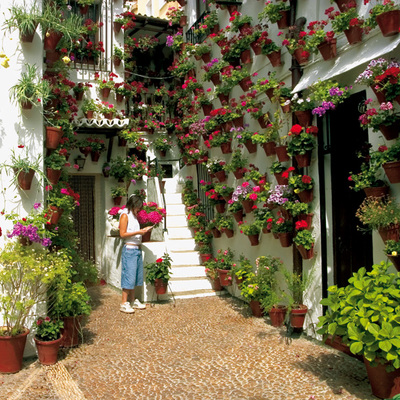The kingdom of Cordoba
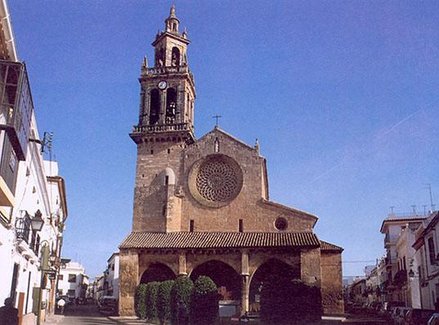
Cordoba was conquered by surprise in 1236 and soon stonemasons from Burgos came to live there. In the 13th century the first model of Reconquest parish churches appeared: churches with rectangular floor plans, three naves, covered with frameworks, with a Gothic doorway and head.
The oldest parish church doorway in Cordoba is La Magdalena, and the best examples of Alfonso-style Gothic are Santa Marina and San Lorenzo in the old Ajerquía. The churches in the town centre (San Miguel, San Nicolás de la Villa and San Bartolomé) have more marked Mudejar features.
Alfonso X also commissioned the Royal Chapel inside the Mosque.
Other churches of interest, which have been transformed a little more, are the Convent of San Pablo, of San Francisco and San Eulogio, and of San Hipólito (14th century).
The following buildings all date from the 15th century: The Villaviciosa Chapel, in the Mosque, the Virgen de la Fuensanta Chapel, and the Monastery of San Jerónimo (private property and complicated to get to), situated on the mountain slope, with one of the few Gothic cloisters preserved in Andalusia.
The Mudejar-imbued synagogue in Cordoba is a unique building. It still has its medieval defence elements, such as the Leones Tower (Alfonso-style) in the Alcázar de los Reyes Cristianos palace; La Calahorra (Mudejar) and La Malmuerta towers, in the patio of the Caballeros de Santiago house (Mudejar); and the façade of the Casa del Indiano. They are all remains of its domestic architecture.
The transition to the Renaissance can be seen in the Marqueses de Fuensanta del Valle Palace or in the Caridad Hospital, in Plaza del Potro.
In the Sierra de Cordoba Mountains and Los Pedroches there is very peculiar rural architecture, less influenced by Gothic, which predominates in the capital: the simple and popular shrines in the mountains. They can be found in Santa María de Trasierra, Obejo (San Antonio Abad), Hornachuelos (Santa María), Bélmez (Nuestra Señora del Castillo), Añora (San Pedro), Pedroche and Alcaracejos (San Sebastián). The Nuestra Señora de Gracia de Alcantarillas shrine can be seen in Belalcázar. It is the most interesting shrine in the mountains.
The parish churches of Adamuz, Fuente Obejuna or Pedroche and the Convent of Santa Clara in Belalcázar are late Gothic.
Towards the countryside we can find traces of Gothic and Mudejar in castles and towers that the Christians erected or refurbished to challenge Islam: the keep in El Carpio Castle, the Villaverde Tower (Gothic), near Montoro, or the castles of Espejo and Montemayor.
Towards the Subbética Mountains we can stop in Castro del Río (Church of La Asunción), Baena (Mudejar church of the old Convent of Guadalupe), Lucena (Church of San Mateo and Santiago), and Priego.

